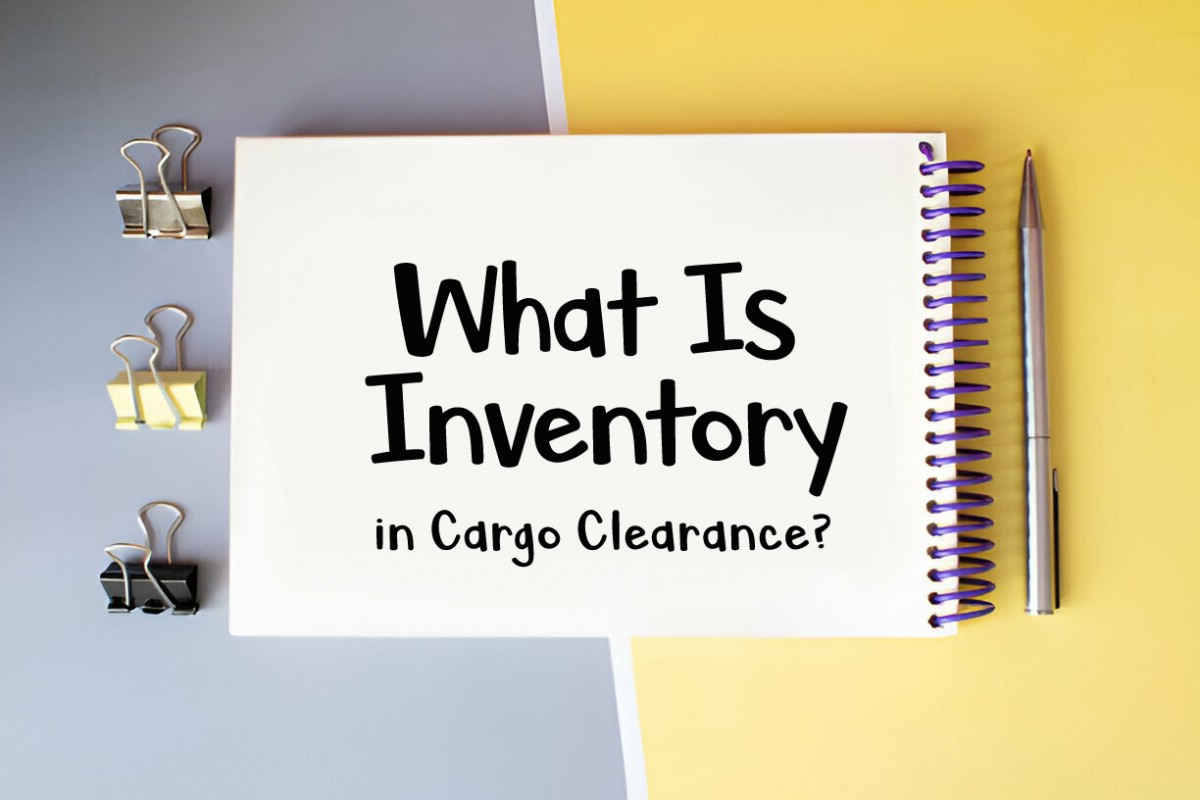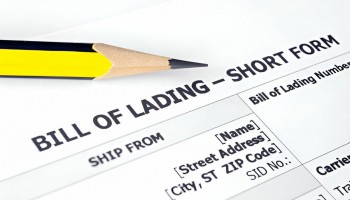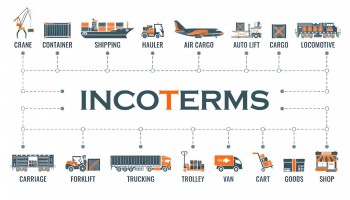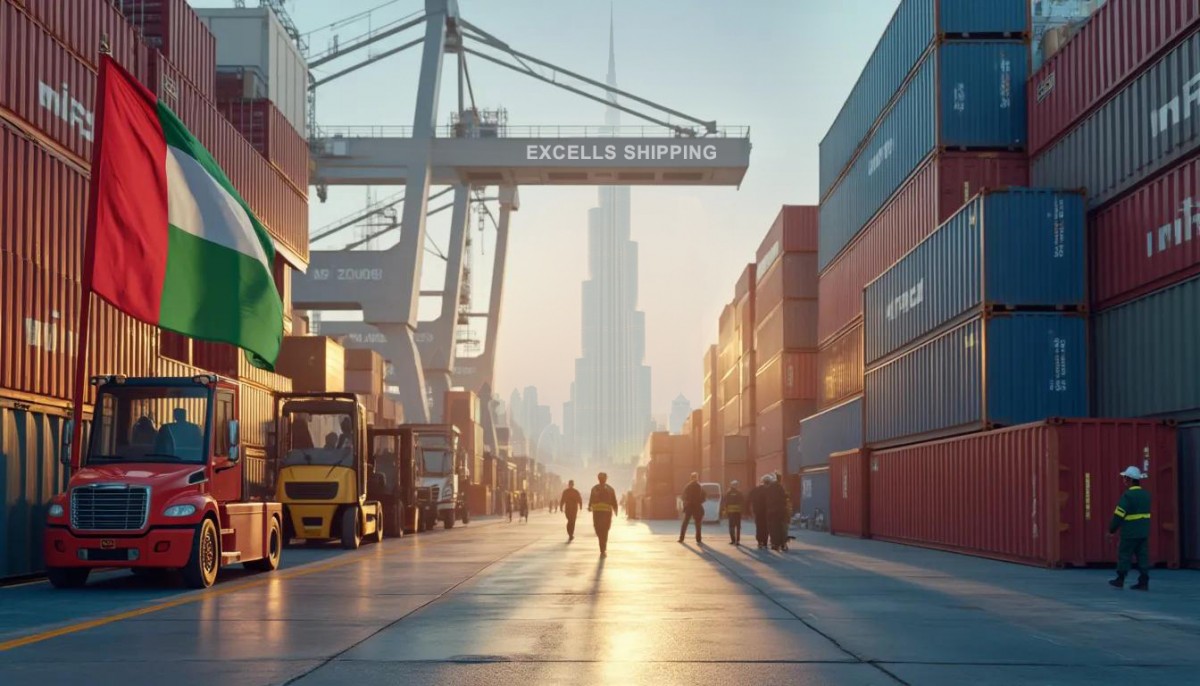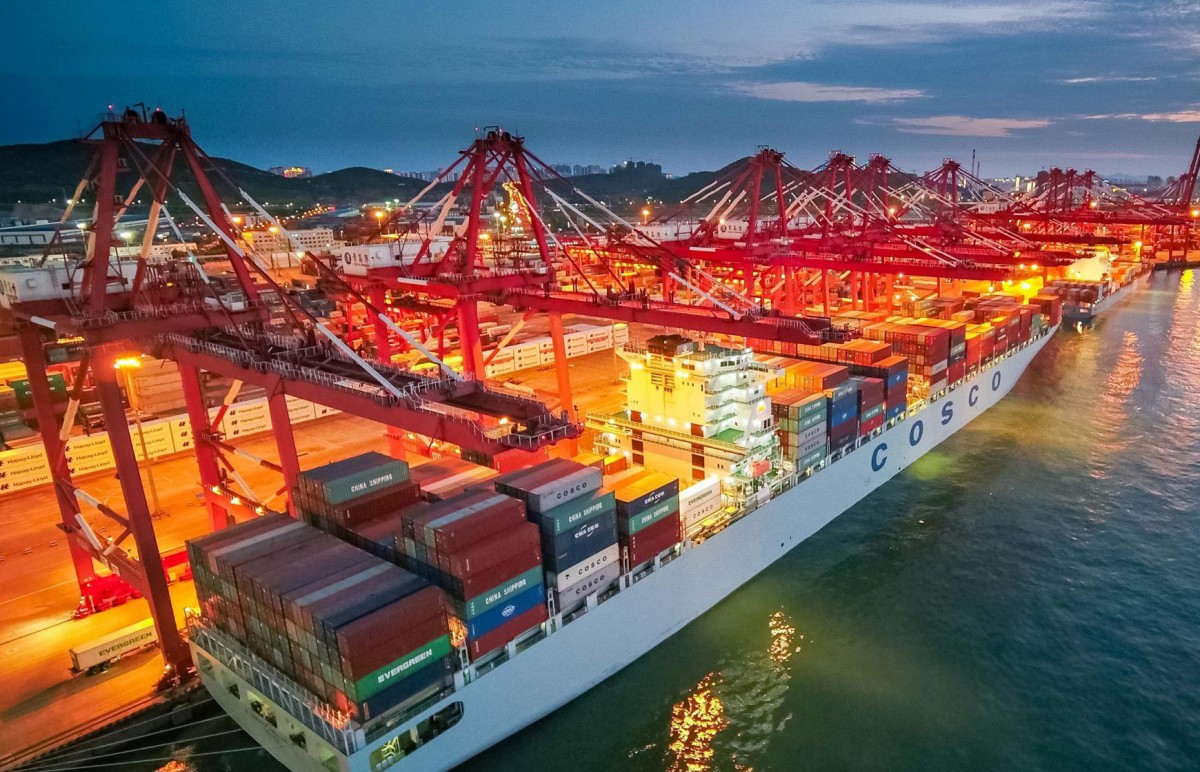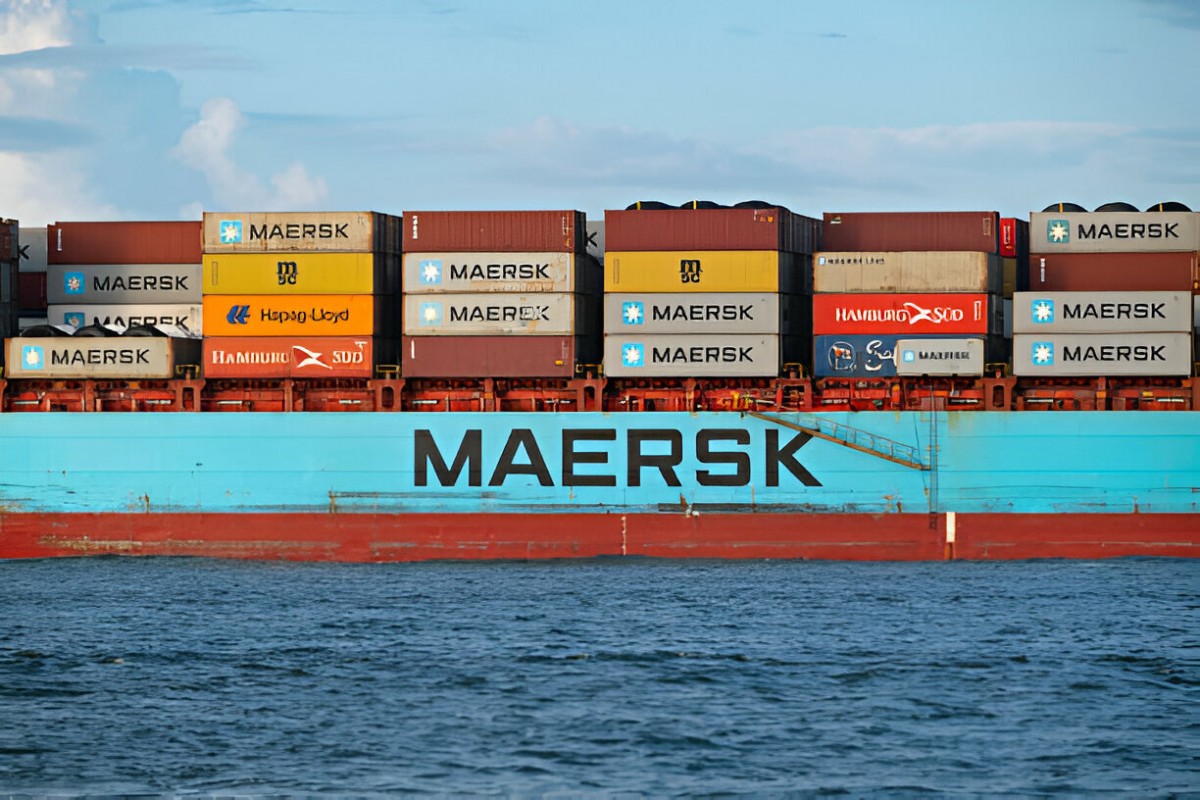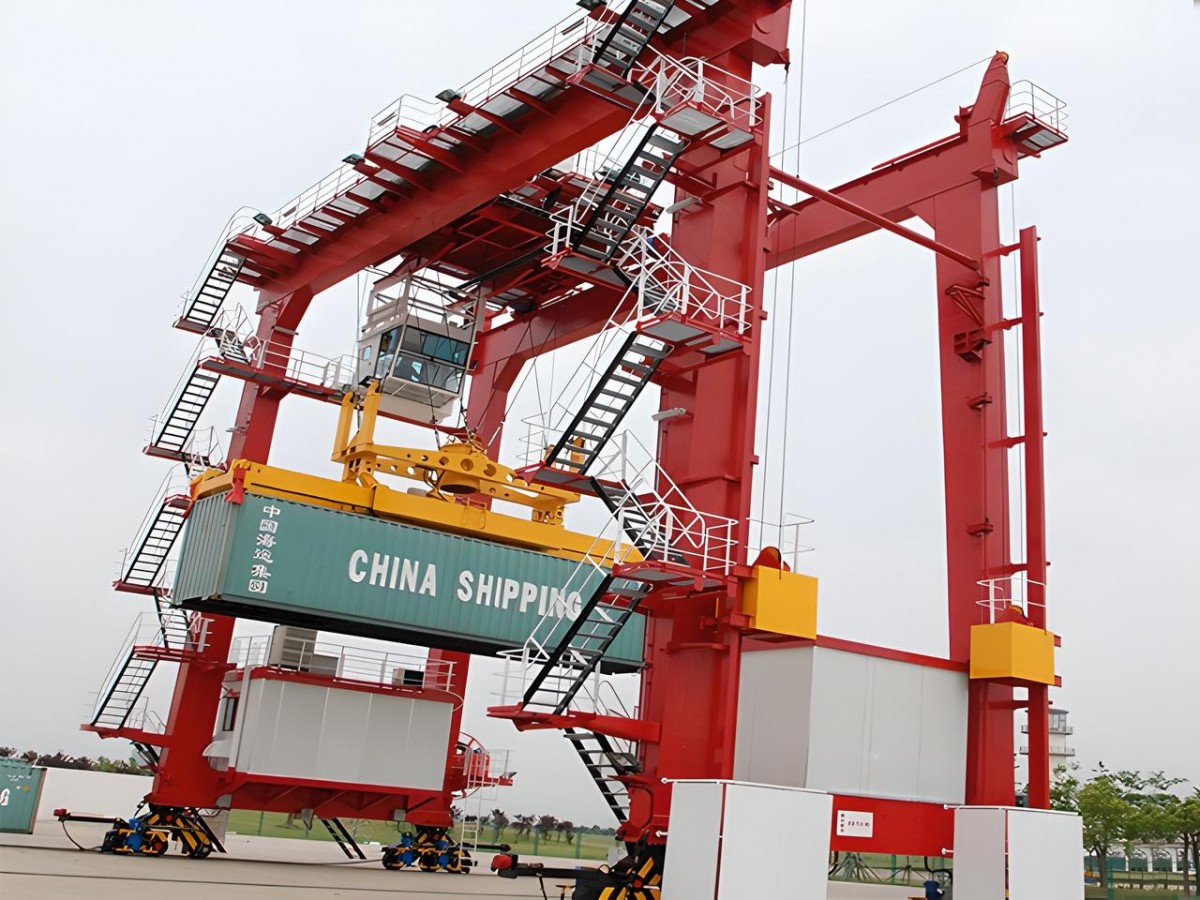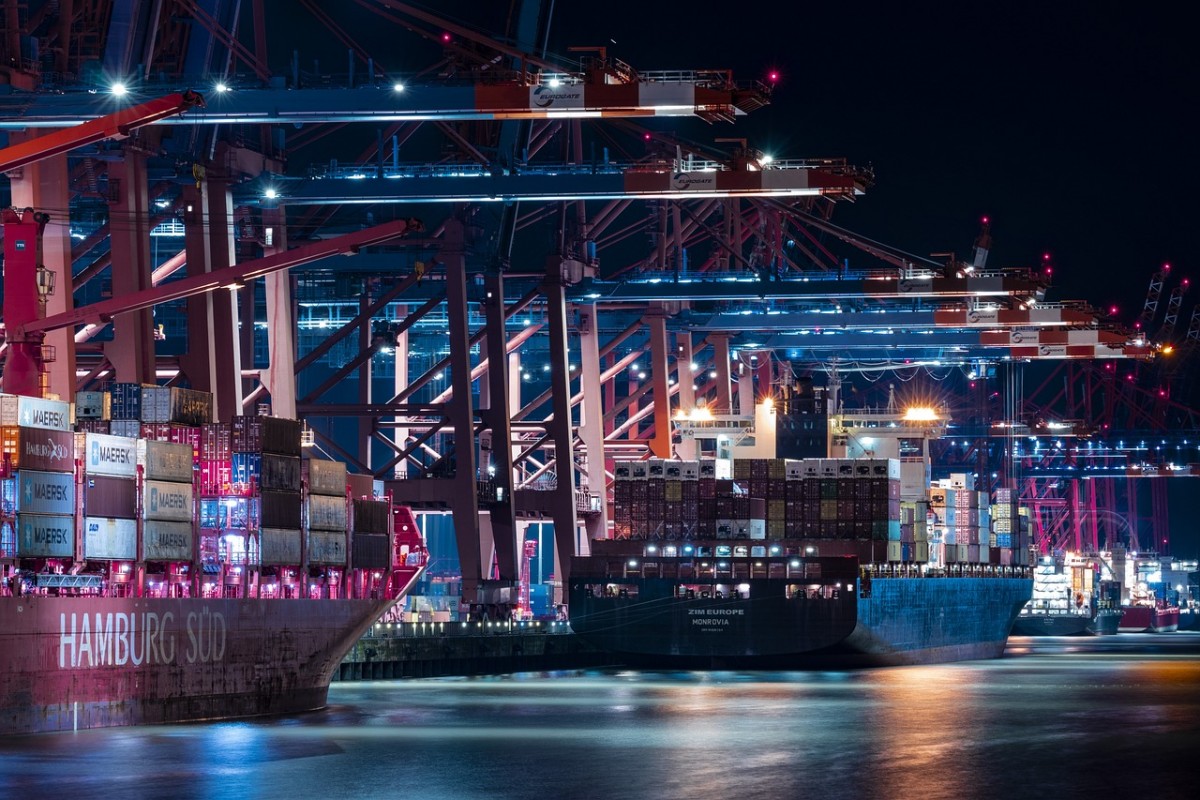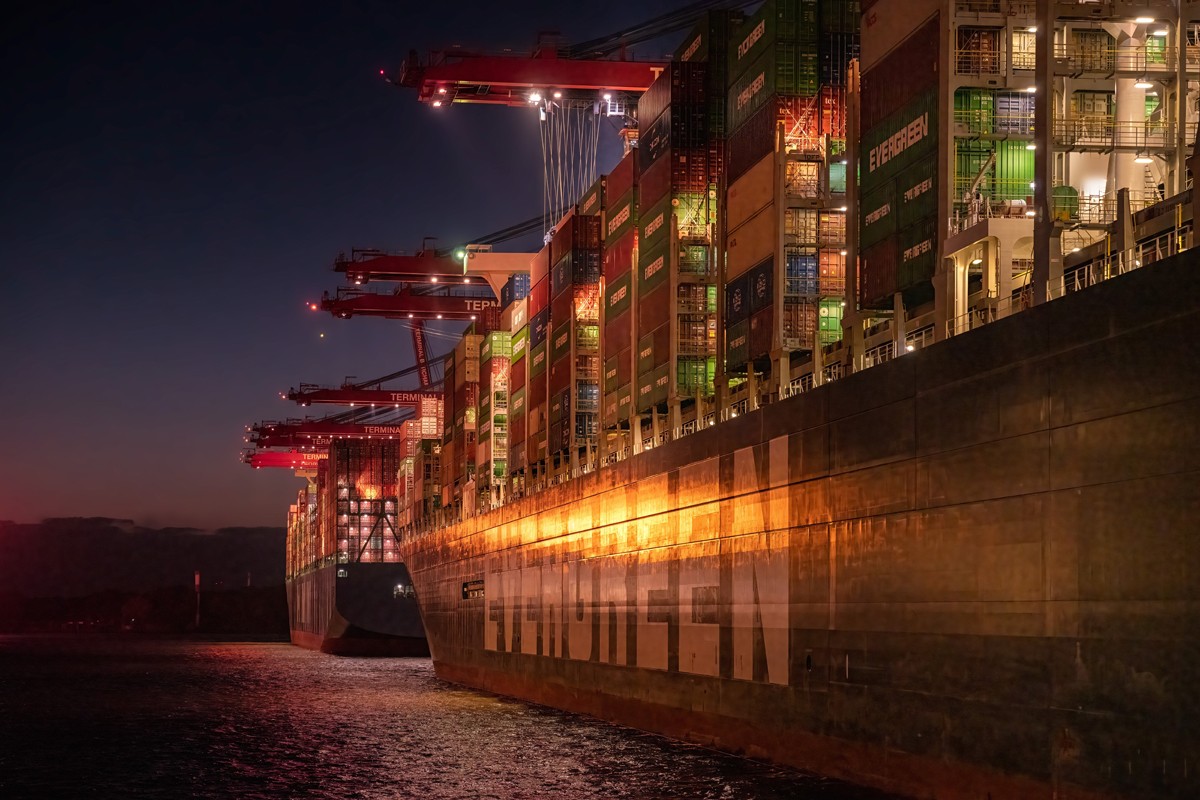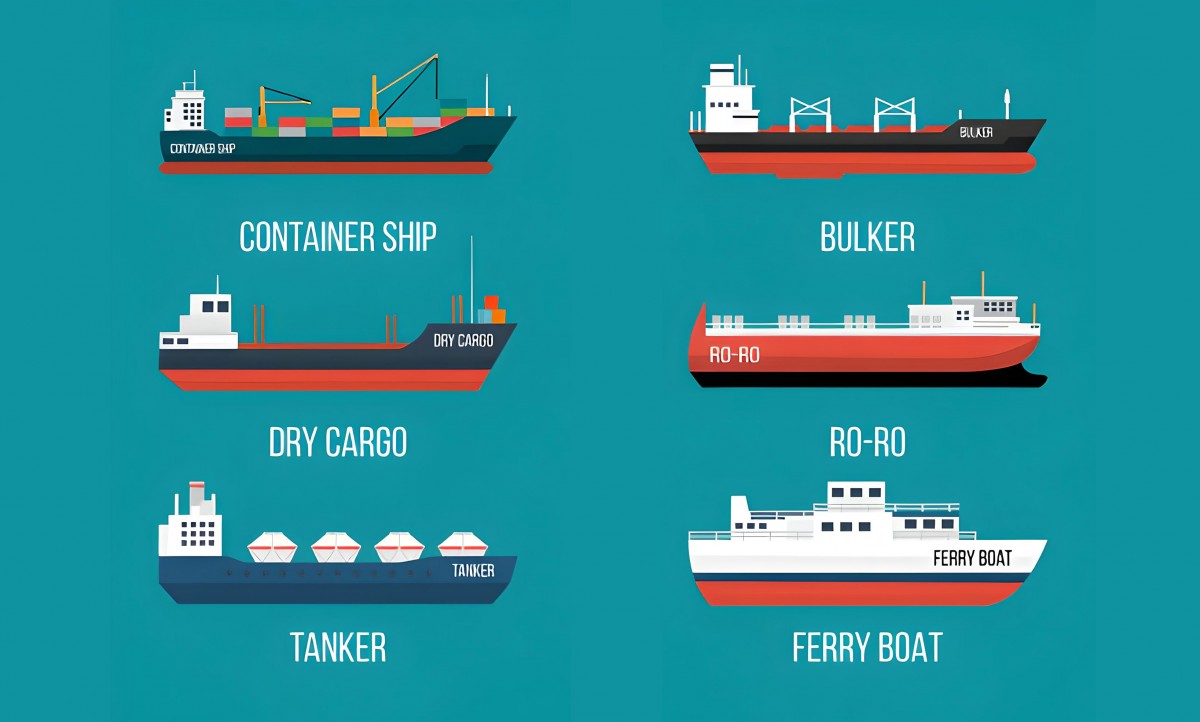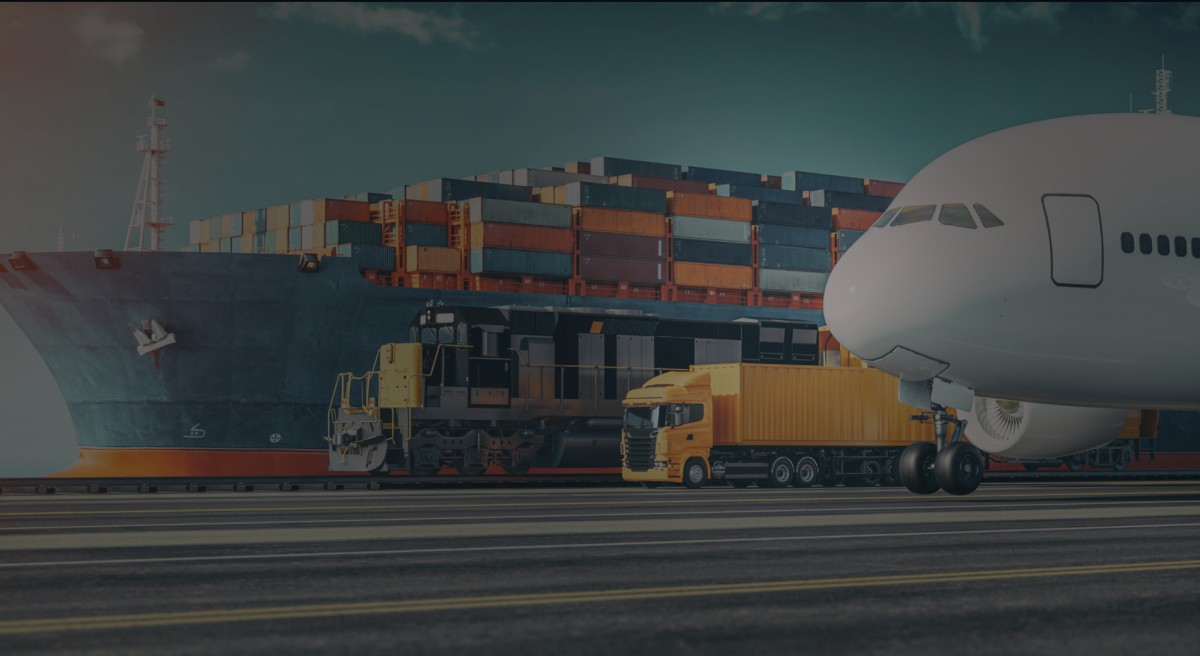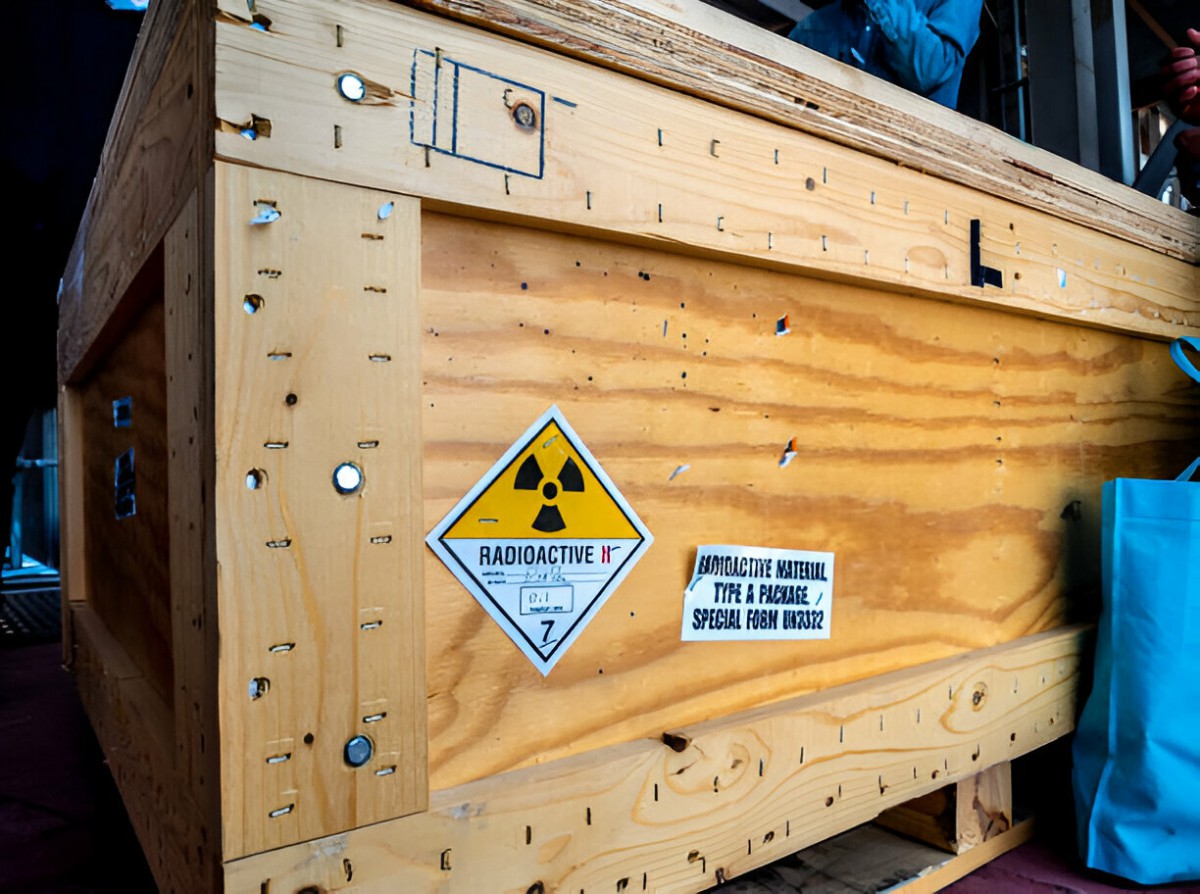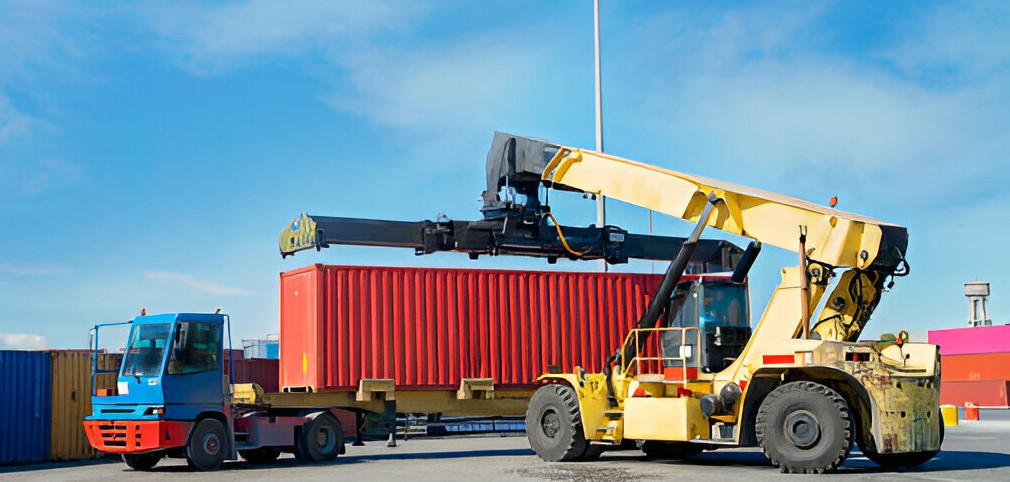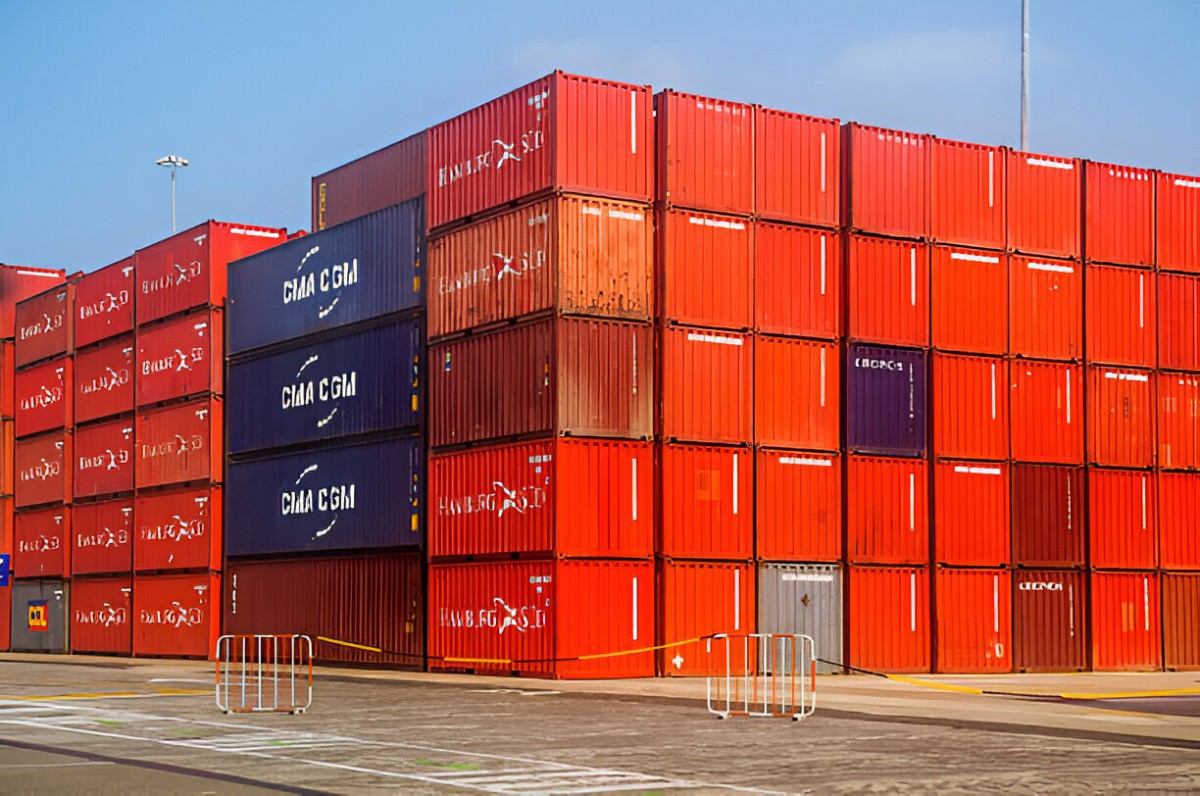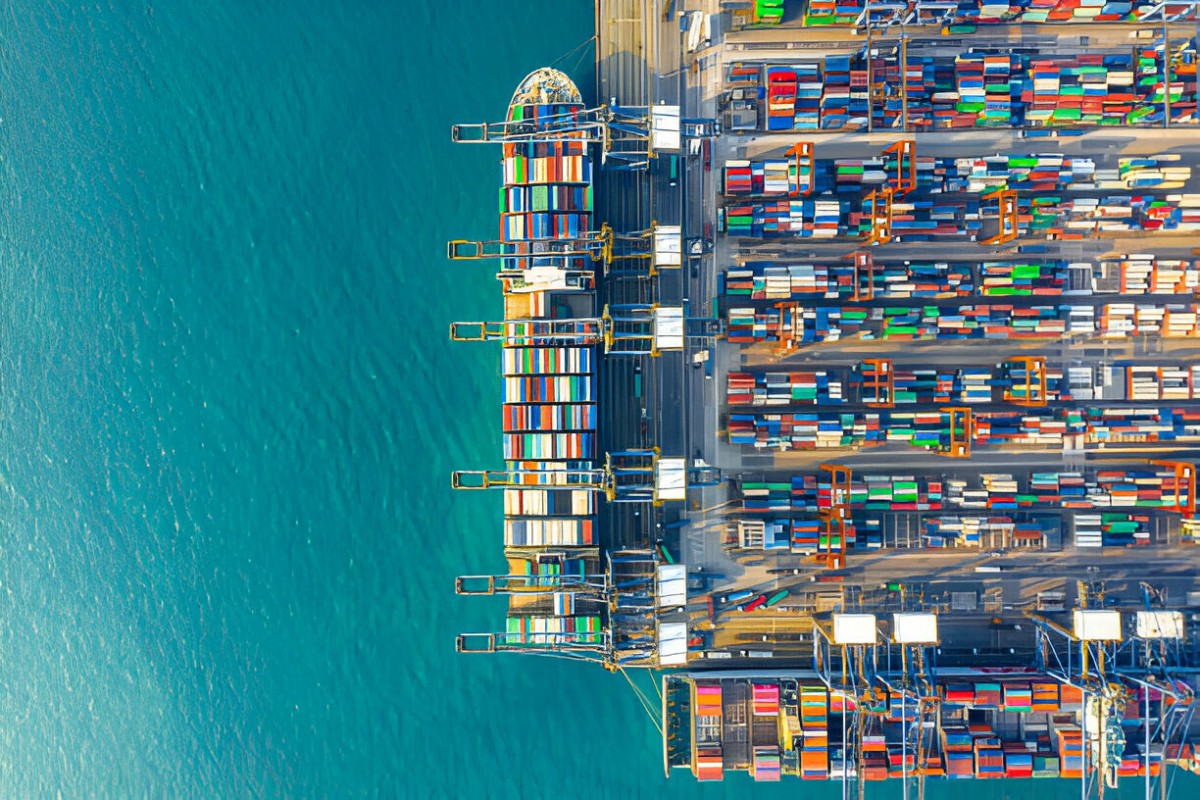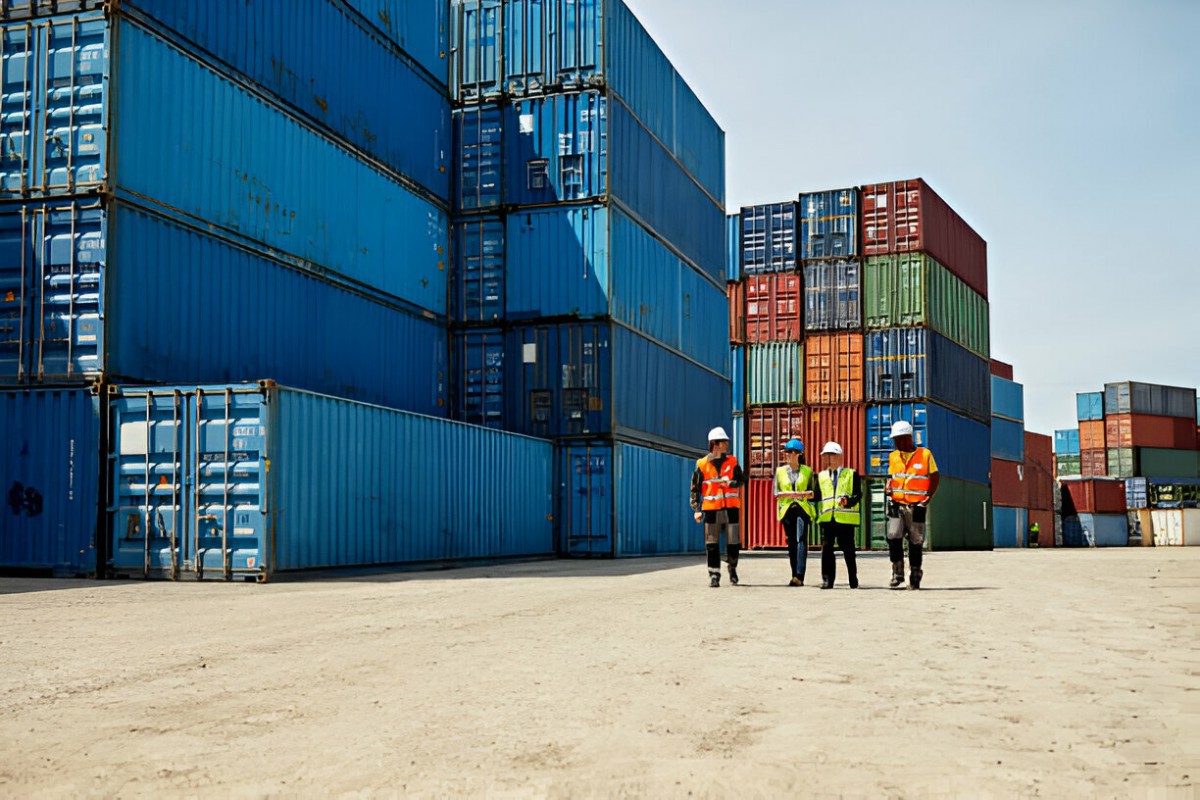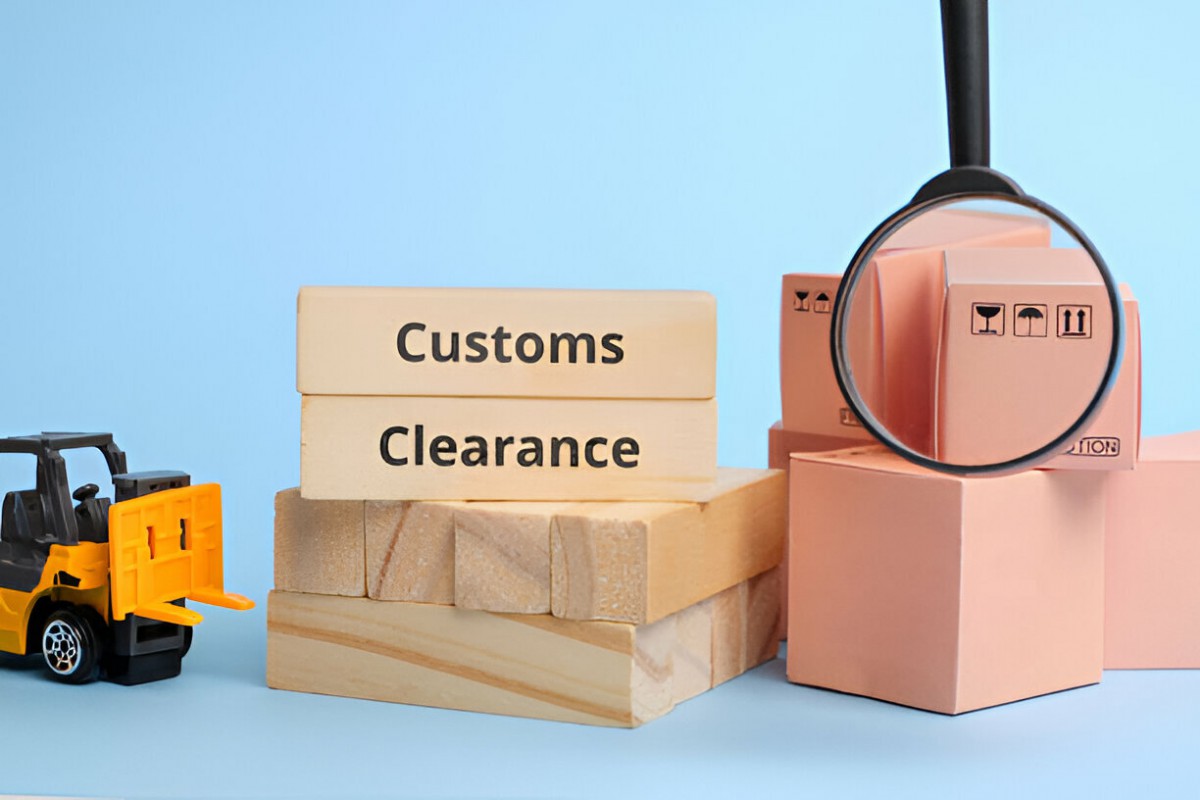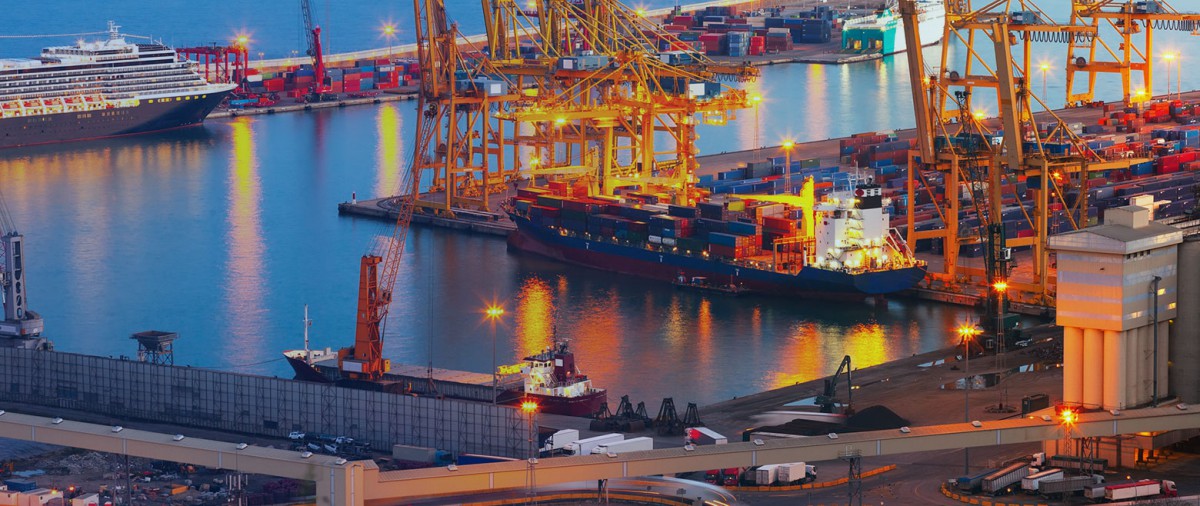What is Inventory in Cargo Clearance?
Inventory in cargo clearance refers to the process of documenting goods stored in customs warehouses. This step involves recording the details of goods by customs officers and is one of the most critical stages in the cargo clearance process. Article 42 of the Customs Law highlights the importance of this stage, and its proper execution ensures the health and efficiency of the clearance process.
Importance and Benefits of Inventory
1. Ensuring Goods’ Health and Quality:
Inventory allows importers to ensure the health and quality of their goods. Any potential damage or defect is identified and documented at this stage.
2. Compliance with Orders and Contracts:
This step provides an opportunity to verify that the imported goods align with orders and contracts, reducing the chances of errors or incorrect shipments.
3. Determining Customs and Tax Costs:
Inventory provides accurate information on dimensions, weight, and characteristics of the goods, which are essential for calculating customs and tax costs accurately.
4. Choosing the Right Declaration Method:
Based on the information recorded in the inventory, cargo owners can select the appropriate customs declaration method, leading to reduced costs and time.
5. Enhancing Clearance Speed and Efficiency:
Inventory makes the clearance process more transparent and faster, reducing delays and potential issues.
Inventory Process
The steps involved in inventory are as follows:
- Requesting Goods Inspection: The cargo owner or their representative must formally request goods inspection.
- Inspecting and Recording Goods Details: Customs officers document details such as weight, dimensions, packaging type, and the goods’ physical condition.
- Documentation and Report Submission: The collected information is recorded in a report, and a copy is provided to the cargo owner.
- Report Submission to the Warehouse: A copy of the inventory report is sent to the warehouse for subsequent clearance procedures.
Required Documents
The following documents are necessary for conducting inventory:
- Customs declaration form
- Bill of lading
- Commercial invoice
- Packing list
- Transportation documents
- Identification documents of the cargo owner or legal representative
Related Officers and Entities
Customs officers and related departments, such as customs warehouses, are responsible for conducting the inventory. Cooperation between these entities and cargo owners or their representatives plays a crucial role in ensuring the process’ speed and accuracy.
Types of Inventory
Inventory can be conducted in various forms depending on the type of goods and customs conditions:
- General Inventory: Conducted for regular, non-sensitive goods.
- Special Inventory: Applied to sensitive, perishable, or high-value goods.
- Expedited Inventory: Performed in special situations requiring immediate clearance of goods.
Challenges in Inventory
Goods Damage
During the process of opening and closing packages, goods may suffer damage. To prevent this, requests and conditions should be clearly documented.
Delays in Process
Lack of coordination between cargo owners and customs officers can lead to delays in the inventory process.
Additional Costs
Storage-related costs may increase due to delays in inventory.
Tips for Effective Inventory
- Prepare all necessary documents before conducting inventory.
- Submit your requests and specific conditions in writing.
- Use reputable and experienced representatives to manage clearance and inventory stages.
- Review and confirm all recorded information carefully.
What is Inventory and Why is it Important?
Inventory is one of the most critical stages in cargo clearance. By precisely managing and documenting goods’ details, this process prevents many problems and additional costs. Proper inventory not only accelerates clearance but also prevents damage and waste of goods, enabling better resource management.

